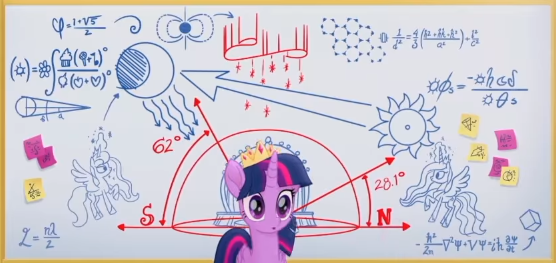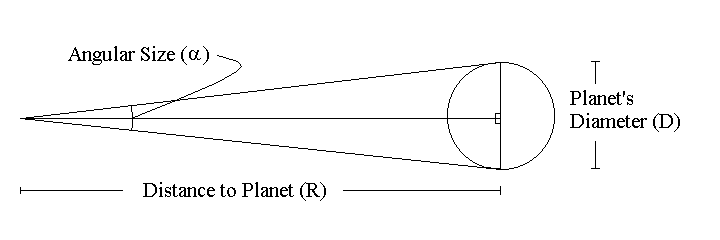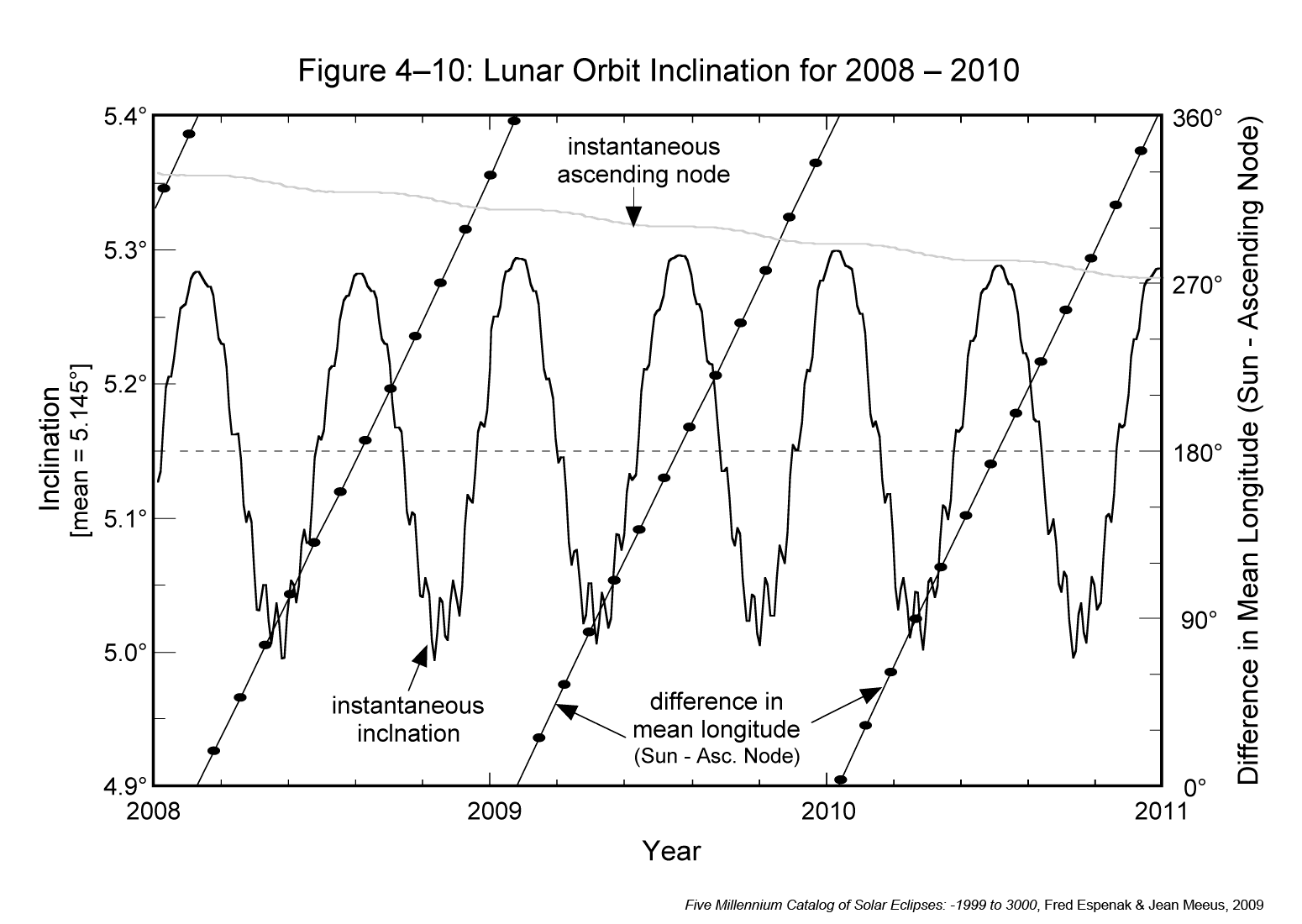ShopDreamUp AI ArtDreamUp
Deviation Actions
The new MLP movie looks nice. It also contains math in a scene:

Analysis of the Fancy Mathematics

Main Analysis
On the left, it shows the apparent angle of a distant sphere, which can be any sphere, such as the sun, the moon, or a planet.

The two pictures at the top make up an explanation of aurora: "magnetic field of earth produces aurora". It's the clearest picture in the whole board. Not much to say about it.


To learn more, check this video.
The circle in the center is a Horizontal Coordinate System centered on the stage in Canterlot.
The two angles labelled on the graph are the Solar Elevation and Lunar Elevation. Basically, Solar Elevation is the altitude of the sun when it passes the meridian, that is, when it passes the north-south line in the sky, that is, at the moment of high noon. Similarly for Lunar Elevation.
From the graph we can infer the latitude of the stage. The solar elevation is 28.1°N. Assuming Equestria has a similar obliquity of the ecliptic as this earth, around 23.5°, then that means the stage is at latitude between 38.4°S (for example, Melbourne, Australia) to 85.4°S (deep inside the Antarctic continent).
The more significant point is that the moon at meridian makes a 89.9° angle with the sun. This never happens on Earth, as shown in this graph.
As can be seen, the orbit plane of the moon makes an angle of 5.14° with the ecliptic, that implies that "the moon at meridian, compared with the sun at meridian, makes an angle that's at most 5.14°". As you can see, there's a great difference between Equestria's astronomy and earth's astronomy.
Technically, 5.14° is the "mean lunar orbit inclination", it actually varies between 5.0° to 5.3°, but it makes little difference. See this plot:

Finally, there is a weird formula on the left side that seems to say that
ϕ of sun = -(h of sun * δ of moon)/θ of sunThis seems to have no meaning. Usually, in physics, especially in astronomy, ϕ, δ and θ denote unitless quantities, or angles, and h denotes height. So the left side is unitless, but the right side has unit of length, there's a mismatch! So I think this formula has no meaning.
Bonus Analysis
There are some other pieces scattered around the board, seemingly irrelevant to the aurora or each other at all.
The big equation in the left up corner is probably a decoration, unless you can figure out how to integrate cupcakes, apples, hearts, etc. Also, it looks like an integral, but there's no d in it... Where's the d?
The equation in the right up corner is interplanar spacing of hexagonal crystal. It is a formula for calculating the distance between families of parallel crystal planes in a hexagonal crystal. There is a family of hexagonal crystals. Within this family, there is a continuum of shapes that is determined by the length/width/etc of a unit cell, and they are a and c. Within a crystal lattice, the crystal atoms make up parallel families of lattice planes. Each parallel family can be specified using something called "Miller index", and they are h, k, and l. They are usually written together as (hkl), and denotes the family of planes orthogonal to
 , where
, where 

The way the hexagonal crystal is drawn, though, looks more like trihexagonal tiling, which is a tiling of the plane using triangles and hexagons.

L = nλ / 2, in the left down corner, is the formula for standing waves on a string (or a 1 dimensional medium in general), where L is the length of the string, λ is wavelength, and n is a positive integer denoting the wavenumber.
Here's a demo. The wavenumber is 1 + (the number of "nodes" in the string)
There's the golden ratio up in left corner, seemingly accompanied by a golden spiral. Or maybe just a generic logarithmic spiral? I sure hope it's not just an Archimedean Spiral, ha ha ha.
In the right down corner, there's Time Dependent Schrödinger Equation (for a nonrelativistic particle). Unfortunately there's no way to explain it without some college mathematics, but here's a video explaining the equation with math and some cool animations.
The cube is just a cube. It has nothing to do with Schrödinger's Equation, despite the arrow pointing at it.
Unrecognizable Notes
There are some sticky notes all around the board, too small to read. I attempted reconstruction, but they are not conclusive, so I don't attempt to explain what they might be.
EDIT: Featured on Equestria Daily
www.equestriadaily.com/2017/06…
Another nightmare
I dreamed I was in a psychiatric hospital, reading a diagnosis form about someone in the hospital. She was stated to be "happy. living with the entire Class 8 in her head. 3 best friends are telling her to kill herself. strict observation needed." I then flashed to another place, sitting in the classroom. I noticed that my two best friends were missing, and the teacher came in to tell us that they just drowned themselves together in the Circular River pass our town. At that exact moment, I began seeing words and letters inside my head, and I saw them moving. My best friends were talking to me, it seemed. I checked my social media but nobody was posting about it yet. I looked out to the river, and imagined their bodies under it. Then, I was at the river, standing on the sandy shores. The shores were covered with long and short tracks from two sandwalker robots of Boston Dynamics. The river started rising and I stood still, letting myself drown, and the whole world too. A girl was
i'm breaking down
What is my Cutie Mark? First, what the Tartarus is my Cutie Mark? It's an Equuleus, no problem about that. I got that since I was in high school and never once did I doubt that. What is my cutie mark telling me? That's clear. I am an astronomer watching the stars, connecting the dots, faithful admirer and servant of Princess Luna and Celestia. Stars and the princesses are more permanent than my weak friendships and body. They keep me going when friendship and body seems to fail me. My special talent is useless But astronomy is not what the world needs right now. Neither is differential geometry, or the Monstrous Moonshine, or string theory. No, the world needs AI. And it just so happens, I have a brain for AI and I hate programming. That's how the rest of my life turns into a tragedy. I'm in school, again, doing AI research. But it's a tragic way to live. I hate programming. I've programmed for almost 10 years, in almost 10 languages, and it never gets better. It's always
Pony Dream: AI space ponies
I dreamed I died, but came alive again, in the world of sad machines. In a room, polygonal walls and floors, in the center, was her, Celestia with white wings. Equestria was small, and largely unbuilt yet. Over the mountains surrounding Ponyville was a flat, colorless, infinite expanse. The chosen dead were pulled into her world of digital Equestria. She depended on me, all of us, to build it up, to expand it, to take over the world. She blessed me with her horn and tapped my shoulders with her wingtips, and told me to go forth and start building. Outside crowded several hundred ponies, cheering me and welcoming me to the herd. Decades passed, population grew to millions. Almost all of Equestria was built, complete with underground caverns and cloud cities. We were running out of room. I went to Celestia and suggested her to start mining the asteroids. "I can ride those spacepods equipped with drills, studying, collecting data, samples, and send all of it back to your
Terrifying Pony Dream
I was at the north west room of a castle. I trotted out of the room, but then was haggled by Celestia because I wasn't welcome in the castle because I didn't do my homework well, or some other reason I don't remember. she kept haggling me backing me into a corner. I lashed out angrily and was terrified when I saw her on the floor, her long neck bleeding. Turns out I was in a game, and I was holding a knife, so when I make angry motions, I would automatically attack with knife.
I screamed and Celestia told me to be quiet, because she was hoping for me to kill her. I could not accept it so I made the whole world reset.
I was at the northwest
Comments28
Join the community to add your comment. Already a deviant? Log In
As an astrophysics and geology student, I recognized a few of the mathematics she used too. I was asking myself, how are these related to what she's talking about?!